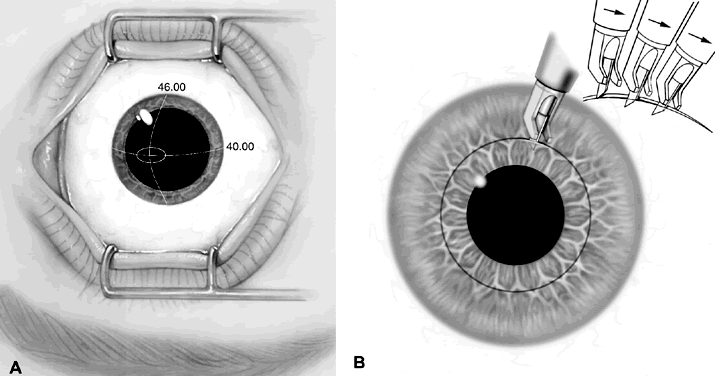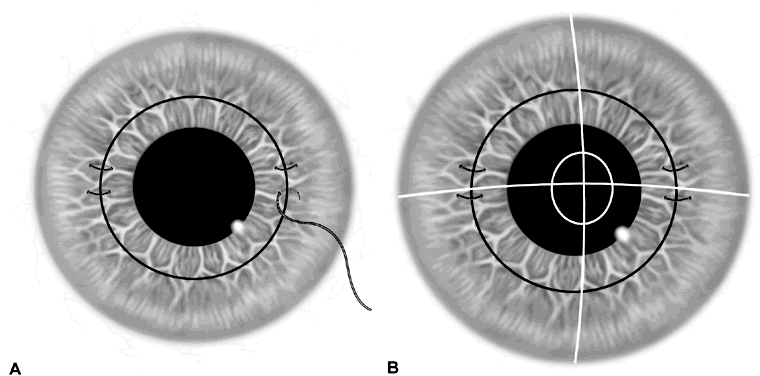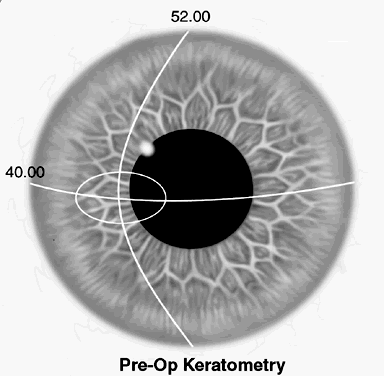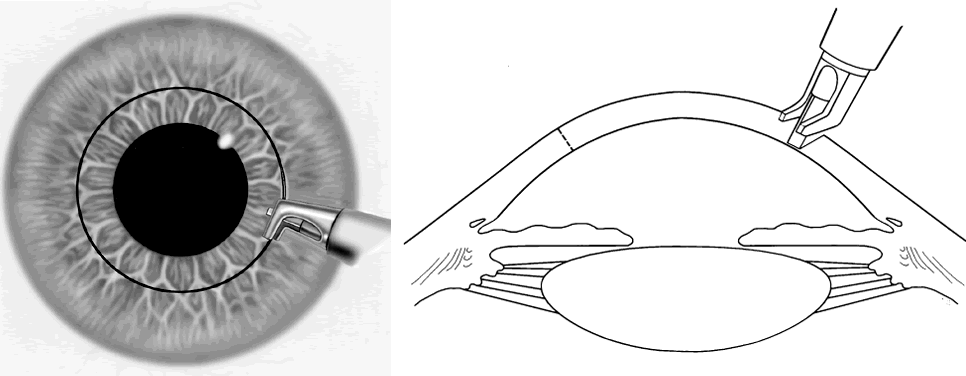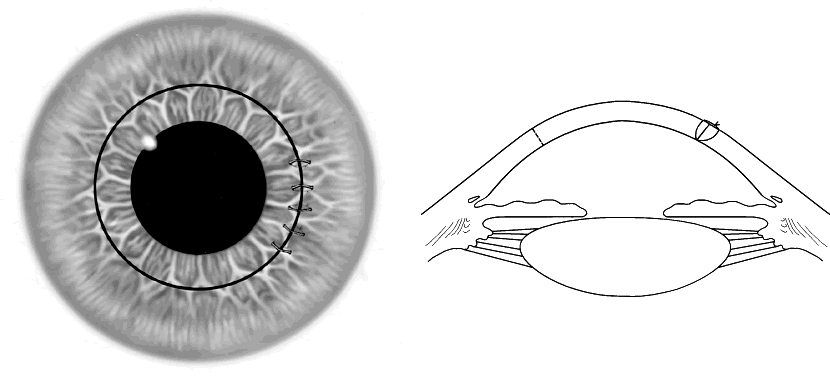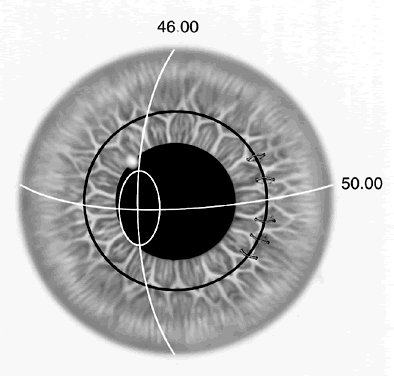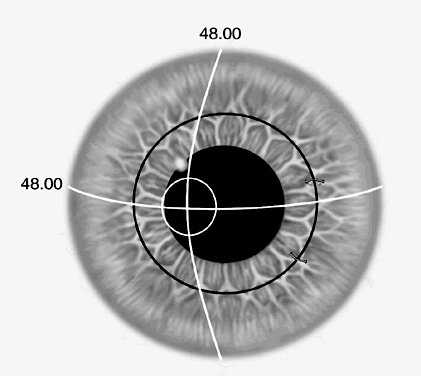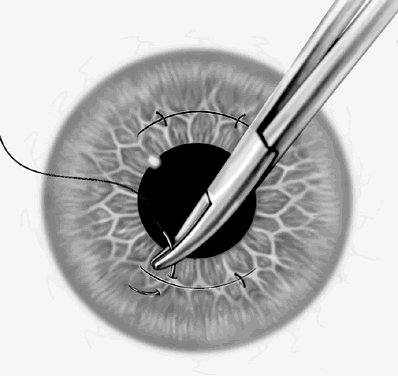1. Guyton DL: Prescribing cylinders: the problem of distortion. Surv Ophthalmol 22:177, 1977 2. Schiotz LJ: Hin Fall von hochgradigem Horn-hautstastig-ma-tis-mus nach Staarextraction: Bessergung
auf operativem Wege. Arch Augenheilkd 15:178, 1885 3. Faber E: Operative Behandeling van Astigmatisme. Ned Tijdschr Geneeskd 2:495, 1895 4. Waring GO: History of radial keratotomy. In Sanders DR, Hofmann RF, Salz
JJ (eds): Refractive Corneal Surgery, pp 3–14. Thorofare, NJ, Slack, 1985 5. Bates WH: A suggestion of an operation to correct astigmatism. Arch Ophthalmol 23:9, 1894 6. Lans LJ: Experimentelle Untersuchungen uber Entstehung von Astigmatismus durch nich-perforirende
Corneawunden. Graefes Arch Ophthalmol 45:117, 1898 7. Sato T: Treatment of conical cornea by incision of Descemet's membrane. Acta Soc Ophthalmol Jpn 43:541, 1939 8. Sato T: Experimental study on surgical correction of astigmatism. Juntendo Kenkyukai-zasshi 589:37, 1943 9. Sato T: Posterior incision of the cornea: surgical treatment for conical cornea
and astigmatism. Am J Ophthalmol 33:943, 1950 10. Sato T: Die operative Behandlung des Astigmatismus. Klin Monatsbl Augenheilkd 126:16, 1955 11. Fyodorov SN, Durner VV: Surgical correction of complicated myopic astigmatism by means of dissection
of circular ligament of cornea. Ann Ophthalmol 13:115, 1981 12. Salz JJ, Lee J, Jester J et al: Radial keratotomy in fresh human cadaver eyes. Ophthalmology 88:742, 1981 13. Lavery GW, Lindstrom RL: Trapezoidal astigmatic keratotomy in human cadaver eyes. J Refract Surg 1:18, 1985 14. Franks JB, Binder PS: Keratotomy procedures for the correction of astigmatism. J Refract Surg 1:11, 1985 15. Lindquist TD, Rubenstein JB, Rice SW et al: Trapezoidal astigmatic keratotomy: quantification in human cadaver eyes. Arch Ophthalmol 104:1534, 1986 16. Duffey RJ, Tchah H, Lindstrom RL: Spoke keratotomy in the human cadaver eye. J Refract Surg 4:9, 1988 17. Duffey RJ, Jain VN, Tchah H et al: Paired arcuate keratotomy: a surgical approach to mixed and myopic astigmatism. Arch Ophthalmol 106:1130, 1988 18. Lindstrom RL: The surgical correction of astigmatism: a clinician's perspective. Refract Corneal Surg 6:441, 1990 19. Binder PS, Waring GO III: Keratotomy for astigmatism. In Waring GO III (ed): Refractive
Keratotomy for Myopia and Astigmatism, pp 1085–1198. St. Louis, Mosby-Year Book, 1992 20. Lindquist TD: Complications of ocular surgery. Int Ophthalmol Clin 32:97, 1992 21. Lindstrom RL, Lindquist TD: Surgical correction of post-operative astigmatism. Cornea 7:138, 1988 22. Duke-Elder S, Stewart S, Abrams D (eds): Ophthalmic optics and refraction. In
Duke-Elder S (ed): System of Ophthalmology, Vol 5, pp 274–295. St. Louis, CV
Mosby, 1970 23. Donders RL, Moore WD (trans): On the Anomalies of Accommodation and Refraction
of the Eye, pp 415–417. London, New Sydenham Society, 1864 24. Jaffe NS, Claynan HM: The pathophysiology of corneal astigmatism after cataract extraction. Ophthalmology 79:615, 1975 25. Troutman RC: Microsurgery of the Anterior Segment of the Eye, p 286. St. Louis, CV
Mosby, 1987 26. Troutman RC, Swinger C: Relaxing incision for control of postoperative astigmatism following keratoplasty. Ophthalmic Surg 11:117, 1980 27. Barner SS: Surgical treatment of corneal astigmatism. Ophthalmic Surg 7:43, 1976 28. Krachmer JH, Fenzel RE: Surgical correction of high post-keratoplasty astigmatism. Arch Ophthalmol 98:1400, 1980 29. Troutman RC, Swinger C: Relaxing incision for control of postoperative astigmatism following keratoplasty. Ophthalmic Surg 11:117, 1980 30. Sugar J, Kick AK: Relaxing keratotomy for post-keratoplasty high astigmatism. Ophthalmic Surg 14:156, 1983 31. Mandel MR, Shaoui MB, Krachmer JH: Relaxing incisions with augmentation sutures for the correction of post-keratoplasty
astigmatism. Am J Ophthalmol 103:441, 1987 32. Lavery GW, Lindstrom RL, Hofer LA et al: The surgical management of corneal astigmatism after penetrating keratoplasty. Ophthalmic Surg 16:168, 1988 33. Lundergan MK, Rowsey JJ: Relaxing incisions. Ophthalmology 92:1226, 1985 34. Ibrahim O, Hussein HA, El-Sahn MF et al: Trapezoidal keratotomy for the correction of naturally occurring astigmatism. Arch Ophthalmol 109:1374, 1991 35. Lindquist TD, Williams PA, Lindstrom RL: Management of overcorrection following astigmatic keratotomy. J Refract Surg 4:218, 1988 36. Rashid ER, Waring GO III: Complications of refractive keratotomy. In Waring
GO III (ed): Refractive Keratotomy for Myopia and Astigmatism, pp 863–936. St. Louis, Mosby-Year Book, 1992 | 













